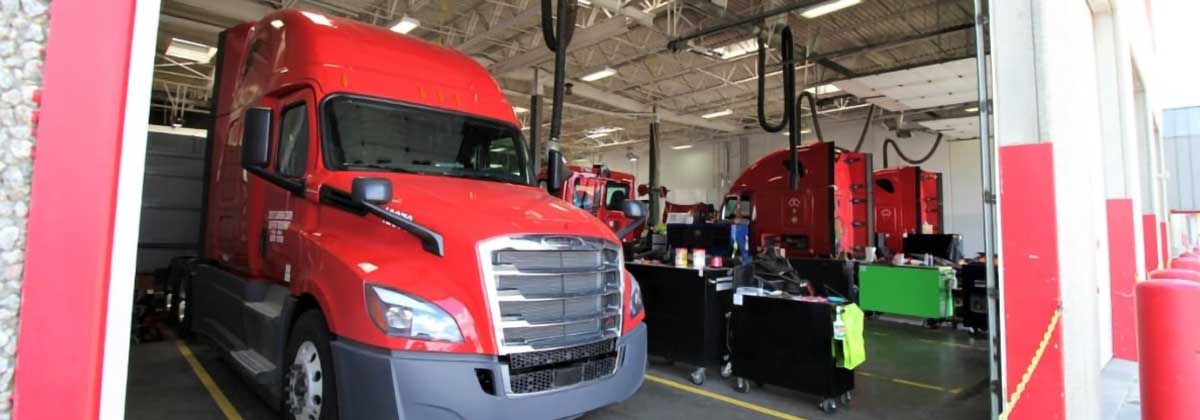Some of us older drivers may remember this as the title of a Led Zeppelin song but as we travel the road of life, communication is the backbone of most everything we do—especially when it comes to doing our part as drivers to help our employer keep our fleet’s equipment in road-ready condition.
We all know the obvious—a technician could never travel with us while we’re on the road. While all of us should—and hopefully are—doing good, thorough pre- and post-trip inspections on the equipment we drive, we may notice a few things about our trucks and trailers that are not right and need to be taken care of.
As a former heavy truck technician—who has been driving for almost 24 years since I locked up my tool box for the last time in 1995—I still remember how much easier it was to pinpoint a problem when a driver would give me as much information as they could. Of course, I would often learn more about what was taking place based on the following questions I would ask them:
What are you seeing?
Is the problem you’re describing something that is creating fault codes that trigger warning lights or abnormal gauge readings on the dash? Does anything look abnormal under the hood or in the truck’s drivetrain? Did you notice anything visually wrong with the trailer? Are your fluid levels ok and not showing any signs of contamination?
What are you hearing?
Are you hearing any strange noises while the truck is being operated in its normal manner?
What are you feeling?
Are there any shaking or abnormal vibrations taking place? Anything else you could describe?
Write it down
One thing I recommend doing as a driver in addition to proper pre- and post-trip inspections is to use a paper tablet or a note app on your smartphone to keep a running list of defects as they are discovered. This will save you from having to remember everything that is wrong with the truck or trailer once you get to a shop for maintenance and repairs. Take note of what symptoms you notice and write them down. Add a good cell phone number for the shop to contact you in case they need to ask more questions or discuss anything.
When you arrive, be sure to have at least two copies of your original written repair list—one to give to the service writer and another one to leave in the truck for the technicians to read themselves. Keep the original repair list until everything has been taken care of. Of course, if it’s a DOT-related item or something else of a serious nature that needs immediate attention, contact our breakdown department right away.
If you live near, or take time off near, a terminal that has an AMS shop on-site it makes it easier for them to complete all of the repairs on your list. Especially if there’s a need to order parts or do deeper diagnosis to pinpoint a problem.
Our technicians are part of our team as we work hard to serve our customer base nationwide. Doing whatever we can to help them will definitely help us as drivers over the long term.
Stay healthy and be safe out there. -Jeff



